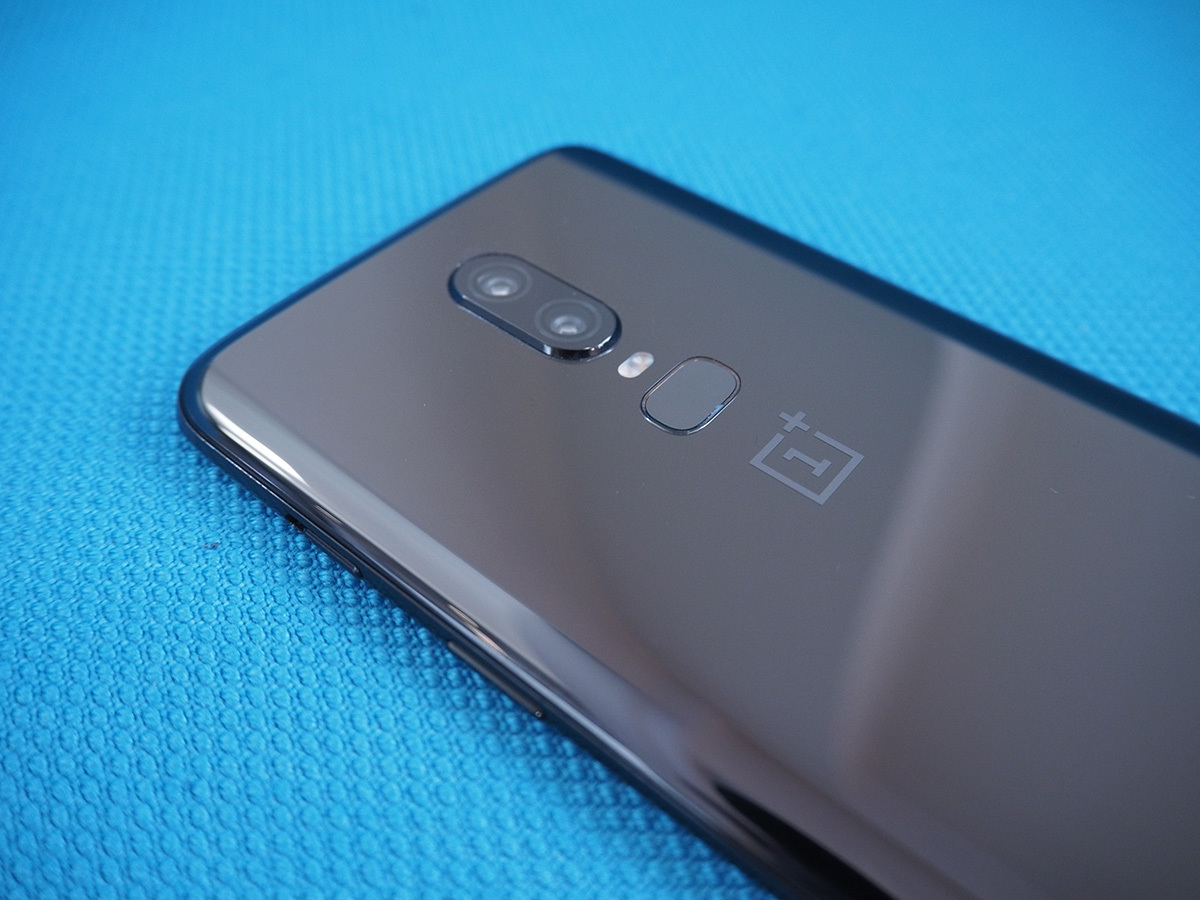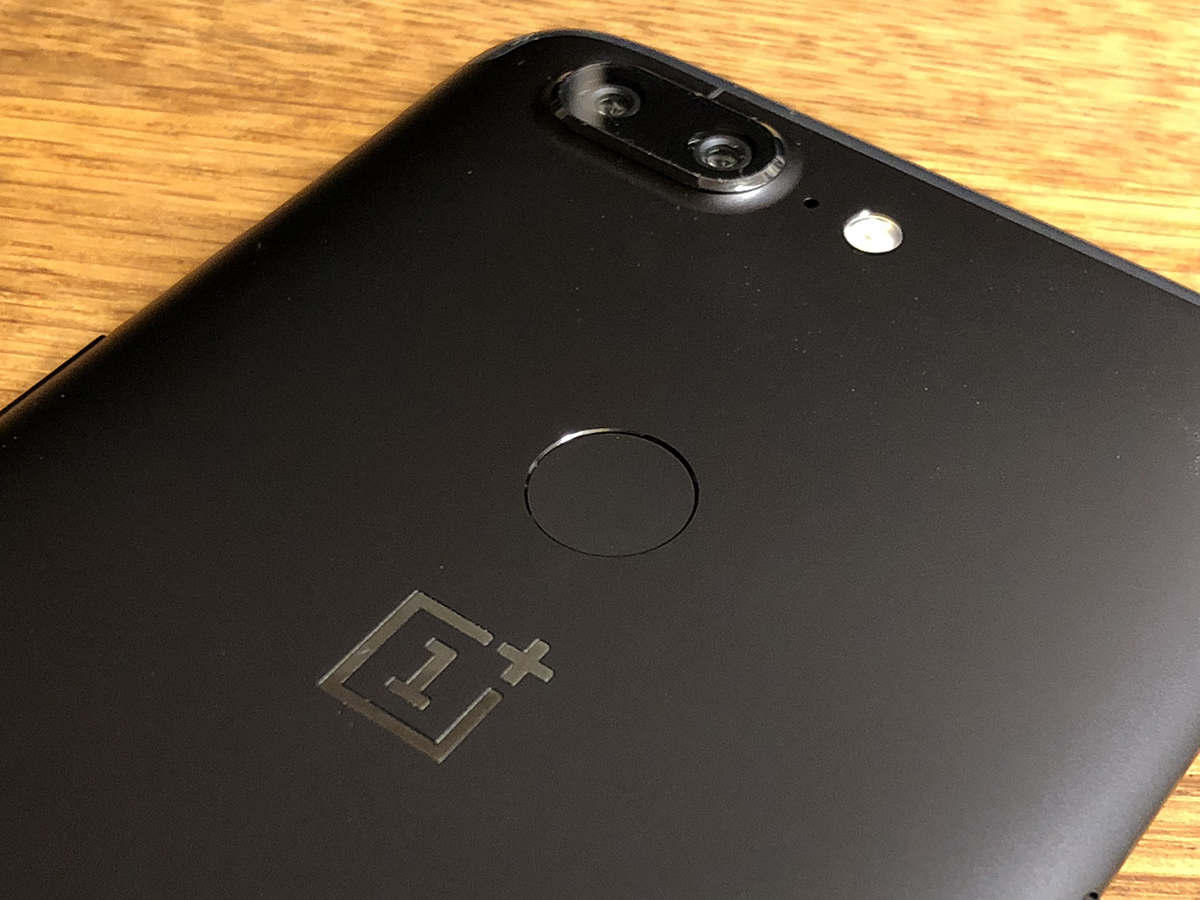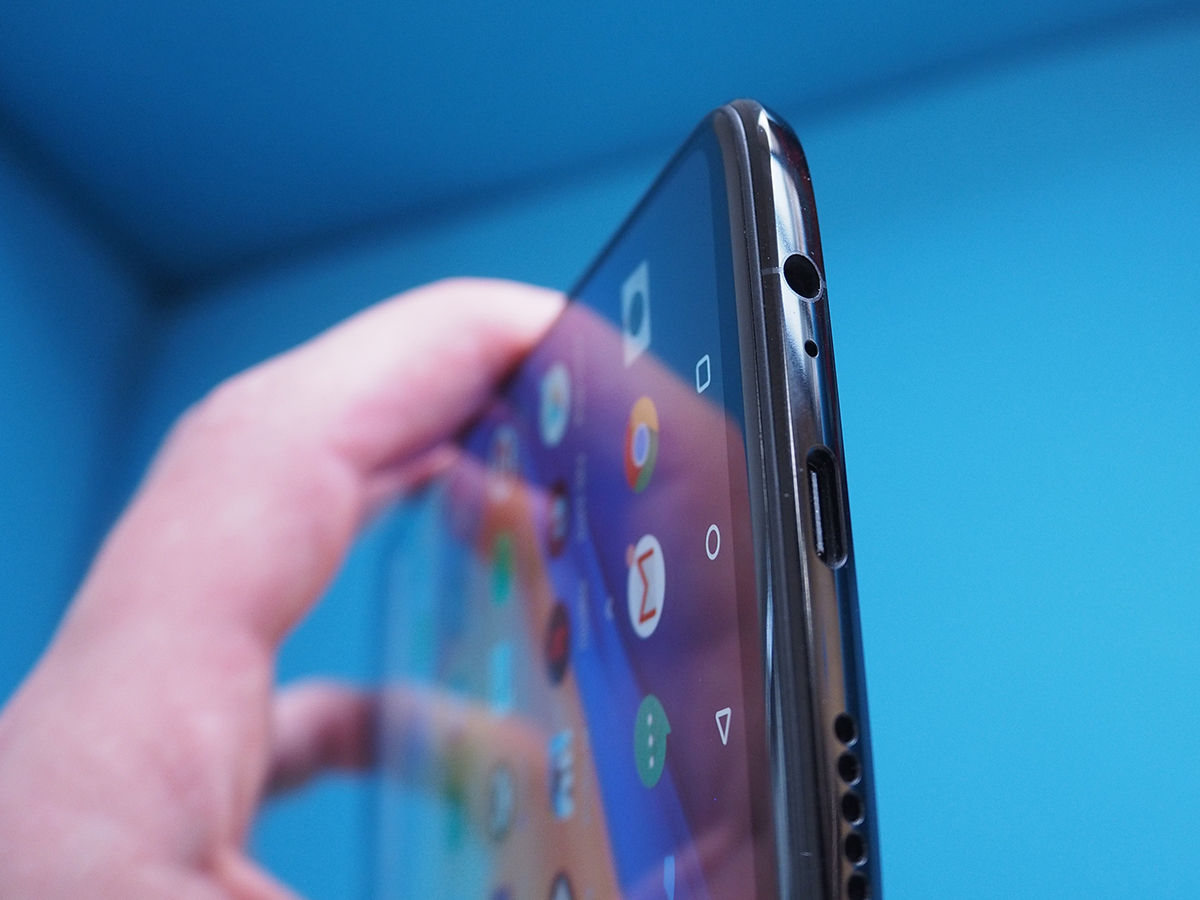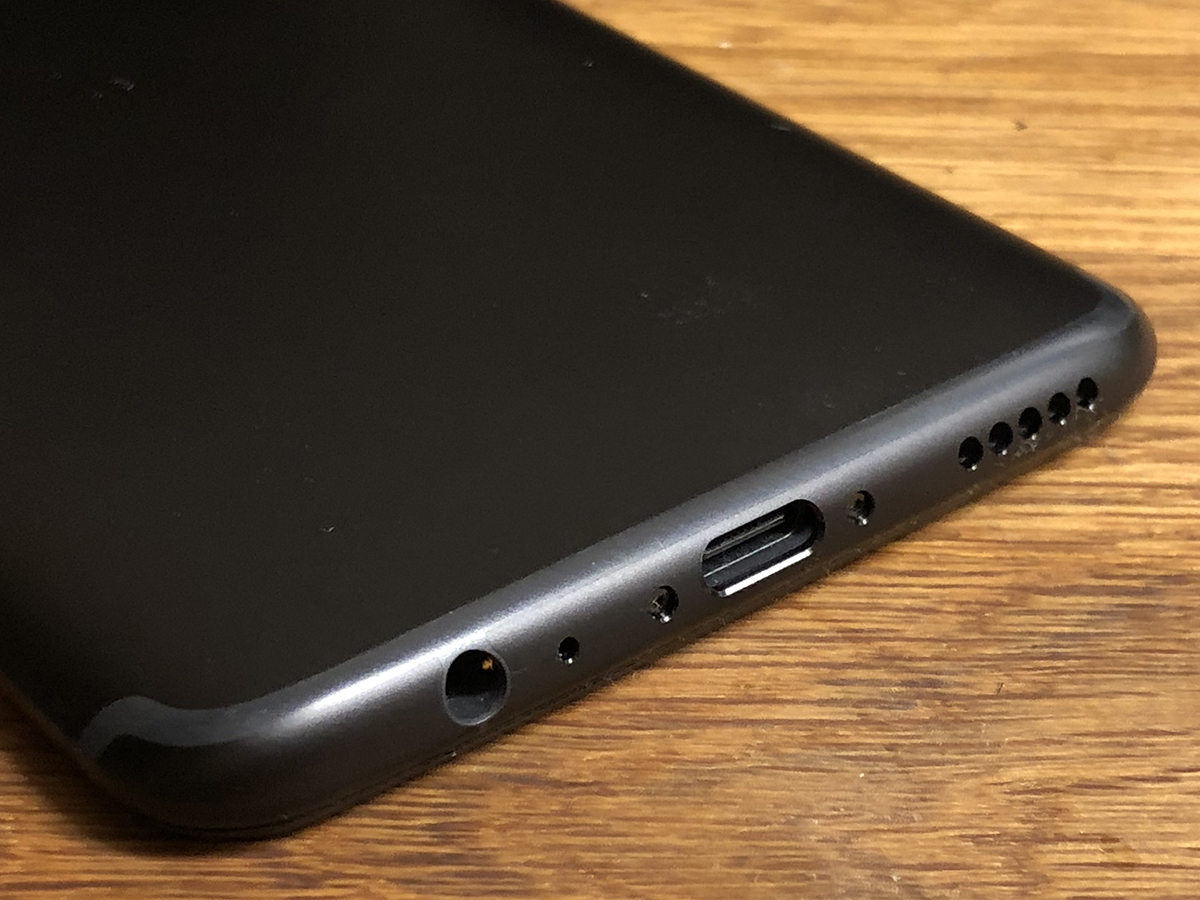OnePlus 6 vs OnePlus 5T: What’s the difference?
Six months later, is the OnePlus 6 really such a significant upgrade?
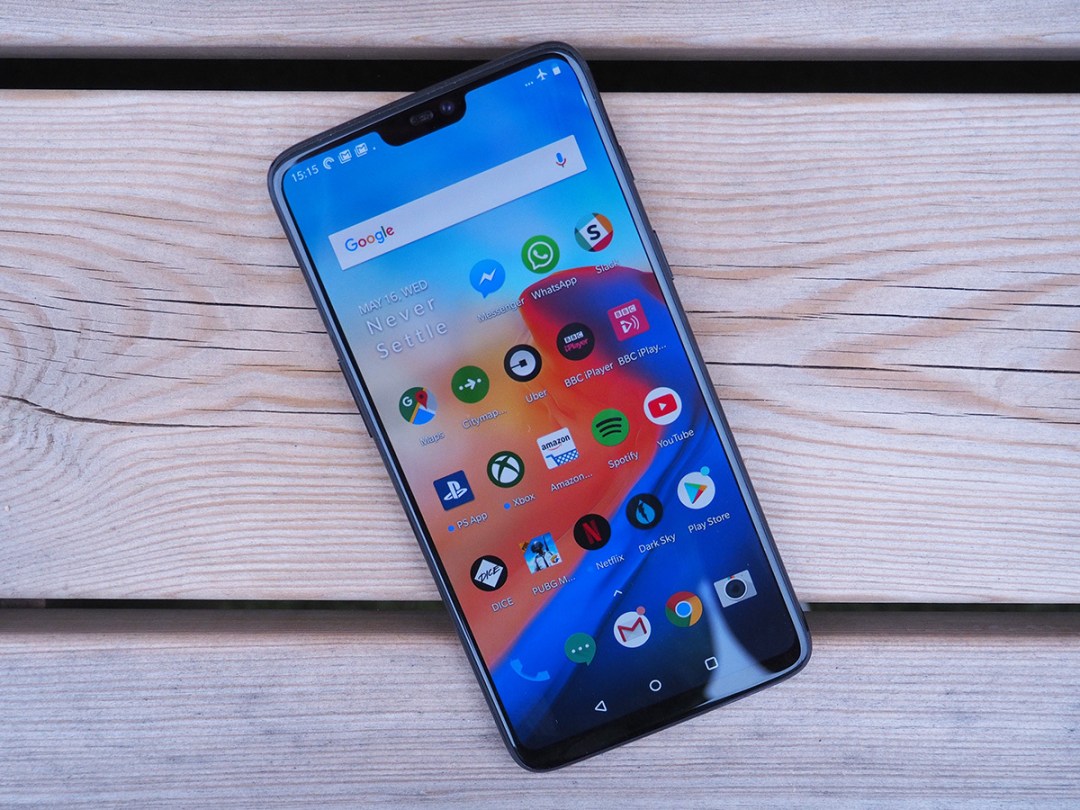
There’s a new OnePlus phone every six months or so these days, with the main numbered release followed by a slight revision – which means it’s only been half a year since the OnePlus 5T release.
That also means that it’s time for the next big thing, which is the OnePlus 6. Just unveiled ahead of a 22 May release, the OnePlus 6 packs in a larger, notch-carrying screen, new glass backing, and more power. It’s a new-look OnePlus that matches a lot of the 2018 flagships on features and design.
But given the slim time elapsed since the last version, is this really a significant upgrade? Here’s how the OnePlus 6 and OnePlus 5T compare, category by category.
Design: Big changes
The OnePlus 5T brought along pretty significant change for a half-year revision, bringing in a taller 18:9 display that scrapped a bit of bezel along the way. Otherwise, it kept the aluminium backing and slightly generic (yet still premium) styling.
But the OnePlus 6 is a very different phone both from the front and back. On the front, the addition of a camera cutout (notch) is a big change, which cuts out the top bezel in the process, plus the back swaps to stylish glass this time around.
Screen: Taller, notch-ier
As mentioned, the OnePlus 5T already went taller than the usual 16:9 dimensions of past handsets, with a 6.01in AMOLED display at 18:9 aspect ratio. But the OnePlus 6 goes even taller, believe it or not, with a 6.28in screen at 19:9. That’s because of the notch.
Don’t like the notch? Luckily, like the Huawei P20 phones and LG G7 ThinQ, you can "hide" it via a software option. That’ll extend the black status bar along either side of the physical notch, making it just look like a big chunk of bezel up top. That’s your call to make.
Notch or not, this AMOLED display looks fabulous. It’s still a 1080p display (at 1080×2280 now), so there are sharper screens on the Samsung Galaxy S9 and Apple iPhone X, for example. However, in our hands-on review, we wrote that it has a "great balance between brightness, contrast, and detail that serves you well regardless of what you’re watching."
Read More › OnePlus 6 hands-on review
Camera: Slight enhancements
We’ve seen gradual refinement from each OnePlus camera setup since the original OnePlus 5 brought a dual-camera setup into the fold. The OnePlus 5T had 16-megapixel and 20MP cameras at f/1.7 aperture and improved the low-light issues seen with the OnePlus 5.
Now the OnePlus 6 is here – and at a glance, not much has changed. It still has a 16MP main camera and 20MP secondary camera at f/1.7, but the main camera opts for a larger sensor and includes optical image stabilisation this time around.
We haven’t had enough of a chance to try it out, but we’re expecting the OnePlus 6 to capture a bit more light than before and produce steadier shots – but we doubt it’ll seem like a truly massive upgrade, given the similar specs.
Performance: More power on tap
It’s the usual annual upgrade here: the OnePlus 5T used last year’s Qualcomm Snapdragon 835 chip first seen in the OnePlus 5, with 6GB RAM in the base model or 8GB RAM in a pricier edition.
For the OnePlus 6, the company opted for the newer Snapdragon 845 chip, a more efficient processor that packs in more power. You still have the same 6GB and 8GB RAM options too. In day-to-day usage, we don’t suspect dramatic differences here either – but every little bit helps when playing games and multitasking.
Battery and perks: Mostly the same
Both the OnePlus 5T and OnePlus 6 rely on a 3,300mAh battery pack, which was good enough for a full day with average usage on the 5T. The OnePlus 6’s screen is a hair larger, but we don’t expect any significant impact on battery life – especially if the phone is a bit more efficient this time around.
As for storage, you’re still looking at 64GB and 128GB editions with the OnePlus 6, although there’s also a 256GB edition now. And if you like to carry around a lot of media, you might want to spring for that as there’s still no microSD support here.
Thankfully, both of these phones have a 3.5mm headphone port, so that’s one trend OnePlus opted not to follow this time around.
Also Read › OnePlus 5T review
Initial verdict: New looks, modest upgrades
If the OnePlus 5T hadn’t released late last year, then the OnePlus 6 would prove to be a pretty significant upgrade over the OnePlus 5. But with just six months between them, the OnePlus 6 isn’t that far off from the OnePlus 5T in a lot of respects.
The biggest differences come with the notched-screen approach and glass backing, which give the OnePlus 6 a new kind a look – something that might be truly appealing to some people. By and large, the other tweaks seem pretty incremental: a little more power, maybe a slightly better camera.
And there’s a difference in price, too, but it’s slimmer than the upgrade from the OnePlus 3T to the OnePlus 5. You’ll pay £469 for the base OnePlus 6 model, which is just £20 more than the £449 OnePlus 5T. Not bad, OnePlus – and still hundreds less than some other top-end flagships out so far in 2018.
Is it worth upgrading if you just bought the OnePlus 5T? On first impression, we’re not convinced – but we’ll deliver a more comprehensive verdict once we post our full OnePlus 6 review in the near future.
